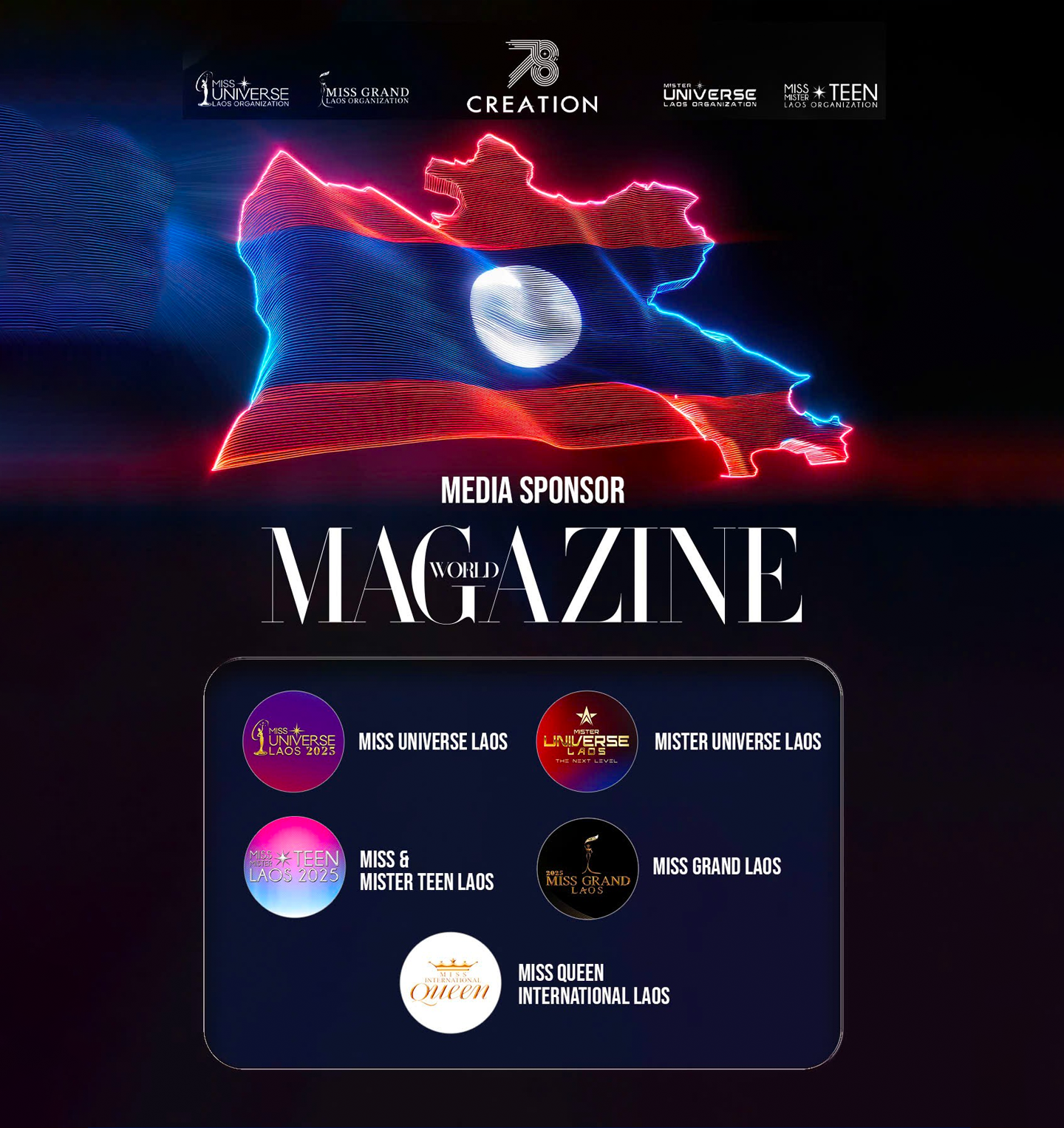The latest consumer report reveals a seismic shift in fashion priorities this year. From rising appetite for luxury streetwear to resurgence of heritage sneakers, 2025 shoppers are reorganizing wardrobes and values alike. Purposeful purchases, mindful nostalgia, and reinvention over rebrand are driving what’s trending—and what’s fading. These insights don’t just reflect data; they map the next era of dress intent.
Luxury streetwear asserts dominance
High-end streetwear has moved from eccentric to essential in the global fashion landscape. This sector saw double-digit growth quarter over quarter, led by collaborations from the likes of Off‑White and Balenciaga. Both stylists and influencers are embracing oversized hoodies, hybrid tailoring, and unexpected denim cuts—not as casual concession, but as elevated uniform.
What’s notable is that consumers aren’t just buying the logo—they’re buying the narrative. Pieces that blend sportswear, tailoring, and cultural symbolism land higher on wishlists than logo-heavy basics. It’s less about flaunting affluence, more about building a look with emotional resonance.
Sneaker nostalgia gets smarter
Archival sneaker models from the early 2000s rose again in both visibility and resale value. Limited‑edition releases and brand revivals sparked consumer excitement, especially for collectors and minimalist shoppers alike. The “heritage silhouette” category—low‑profile, breathable leather styles—grew notably, signaling a hunger for comfort with pedigree.

More significant, however, was the demand for sustainable variants. New versions of classic sneakers made with recycled materials or lower water processing consistently outperformed standard releases. Consumers show increasing loyalty to brands that marry nostalgia with eco accountability.
Fast fashion loses its grip to purpose-led brands
Where once store-front chains dominated summer wardrobes, now purposeful labels are gaining ground. Brands emphasizing transparent sourcing, circular fashion programs, or artisan collaboration grew faster than those depending on trend cycles alone. Search volume for second‑hand designer resale also surged, highlighting a wider tendency to reframe rather than re-buy.
Fashion editorial support mirrored the data: curated second-hand styling, mix‑and‑match capsule wardrobes, and cross‑seasonal dress-forward minimalism received more coverage. From cotton-blend midi dresses to modular tailoring, consumers are prioritizing longevity over novelty—and their behavior reflects that.
Mini–luxury and self-expression over mega‑brand moments
In place of mega-brand dressing, shoppers are gravitating toward unexpected boutiques, independent labels, and off‑beat architects of style. The Lyst data shows sizable growth for small designer categories such as artisanal knitwear, sculptural outerwear, and relaxed tailoring brands with strong visual identity.
These aren’t necessarily cheaper options—they represent individual expression over name recognition. Investments are moving toward narrative-driven pieces—unique cut dresses, dramatic collars, and textured knits—rather than celebrity-endorsed classics. It’s fashion built for feeling not fandom.
In summary, the Lyst Q2 Index of 2025 reveals a market recalibrated around intentionality: consumers still want high fashion, but now they want authenticity, durability, and emotional connection. From luxury streetwear to sustainable sneakers to indie labels, the smartest buys are the ones with vision—and soul.






